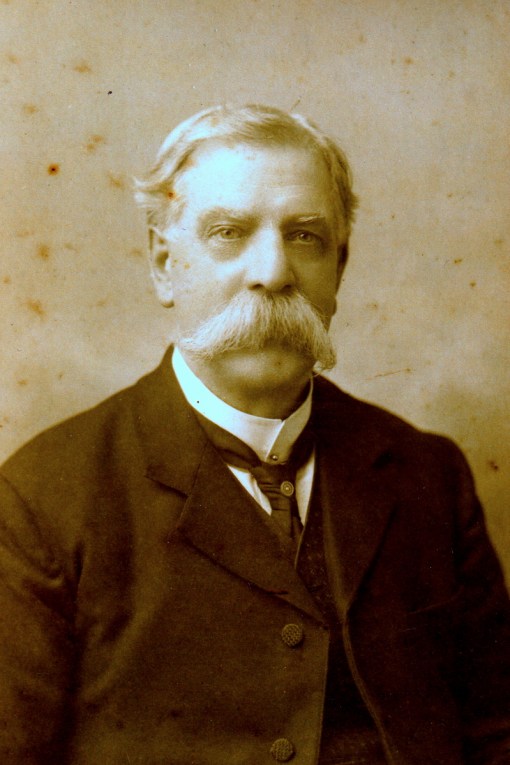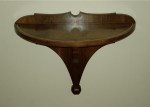Several years ago, a friend who lives in an old farmhouse in rural Oxfordshire asked me to make a table to go in her sitting room. We agreed that something in English Oak in an Arts and Crafts tradition – simple lines, stopped chamfers , exposed joinery – would fit with the character of the room. David Simmonds of Interesting Timbers found me some figured tiger oak to make a book-matched top for it. There’s a photograph of the finished piece below, although unfortunately it doesn’t show the table in the room for which it was intended.

I mention it because I’ve been thinking about the design of a couple of smaller tables to go in a different sort of room in a Victorian house in a city. This time, I wanted something quite the opposite of the table above: light rather than heavy and elegant rather than sturdy. Looking for ideas, I found this Shaker table in Christian Becksvoort’s book, The Shaker Legacy. Like many Shaker pieces, it’s attractive in its simplicity although, according to Becksvoort, it isn’t very stable probably because it only has a narrow stretcher hidden behind the drawer.

And I liked the unfussy lines of this mahogany dining table by Roger Heitzman, which appears in 500 Tables (published by Lark Books), despite the fact that it’s several times larger, and much heavier-looking, than what I had in mind.

Taking elements from both these tables, I sketched out some ideas and made a rough prototype in soft wood, experimenting with the proportions and dimensions until I got close to the look that I was trying to achieve.

This version, in sycamore, is on the way to being finished. It still lacks a proper top – I’m hoping to find some fiddleback sycamore to complete it. In the mean time I’m making do with a sheet of MDF painted white.

The curved stretcher is secured at each end by a tusk tenon and an ebony wedge, which turns the flimsy looking legs into a surprisingly rigid framework.

To relieve the slightly monotonous look of sycamore, the stretcher carries a simple chip carved pattern between two beads worked with a scratch stock.

I’m making another version in oak. When both tables are finished I’ll post some more photographs.















